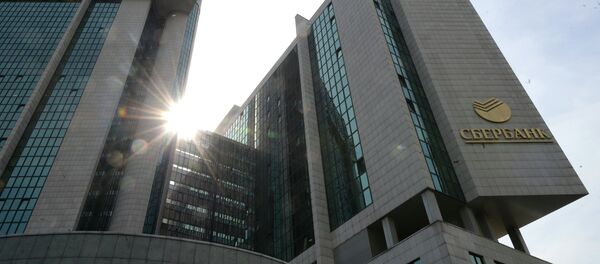The author wrote that when sanctions were introduced in 2014 the goal was to "punish Russia, and to paraphrase President Obama, to run their economy into the ground."
Wood emphasized that the key goal of the strategy was to cut off Russia and Russian companies from Western capital markets.
However, earlier this week Russia issued sovereign debt for the first time since 2013, selling $1.75 billion in ten-year Eurobonds.
The bond sale was intended to test investor sentiment and attracted strong interest from foreign lenders; Russian Finance Minister Anton Siluanov told journalists that over 70 percent of the issue has been bought by foreign investors.
Wood explained why foreign investors are likely to be interested in buying Russian paper.
"Bond investors want to make money," the article read. However, as long as the US Federal Reserve keeps extremely low interest rates to service the US debt and "not to kill the economy completely," there is no yield in developed country capital markets.
At the same time, the Russian Eurobonds were placed at an annual yield of 4.75 percent.
"What does all this tell you? It tells you there is demand for Russian paper. Does anyone think that without the sanctions, Russia would have any problem placing a lousy $3 billion?" the author wrote.
"Russia built up currency reserves of about a half-trillion dollars during the good times, a rainy-day fund that has fallen to around $300 billion after attempts to defend the ruble and bailouts of Russian banks and companies," Wood wrote.
The crisis in the Russian economy was caused not only by the sanctions but also by a drop in global oil prices. However, on Thursday Brent crude passed through $50 a barrel for a brief time, after its record lows of $30 a few months ago.
"The real significance of the new bond offering is that Russia can once again use the debt markets to bridge over its funding gaps until oil rebounds even further. […] There are investors willing to take a risk on Russia. There will be more," Wood wrote.




